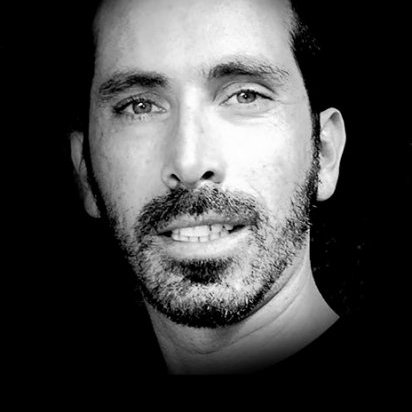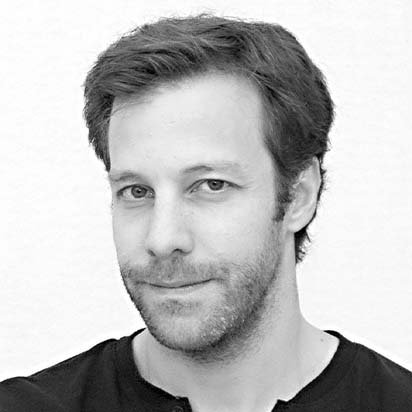
The Role of Interior Design
Mário Picouto
“Undefined detail”
Paulo Lago de Carvalho
Architect, Prod Arquitectura & Design

Research into the contemporary architectural object conceived as ‘light construction’ works through a revision of the modern concept of transparency, by proposing the destabilisation of the traditional relationship between structure and skin. At the same time it expands its meaning, favouring appearance (perception) over form (language). It thus moves away from visual objectivity to establish subjective and dynamic relationships with the observer. The development of veiling strategies, using ‘non-literal’ transparencies, reveals contradictions between materiality and perception, information and experience, which approach the contemporary space of the culture of flows, where the sensation of gravity becomes absent. The desired atectonic expression depends to a large extent on the elimination of visual finishes and consequent lack of definition of limits. In this sense, the aim is for the structure to lose its capacity for formal definition of the architectural object, through fading procedures, achieved with constructive detail. Its conception, according to the possibilities and limitations that the issue imposes, is of critical importance. More than a condenser of meaning, the aim is that, once resolved, it maintains the ability to remain silent.
In this context, glass becomes a privileged medium for research. With it assuming a structural role, the boundary between support and coating is removed. Today, glass can - like concrete - become a hybrid, to thus obtain structural attributes. Using state-of-the-art technology you can reinforce glass by embedding it with semi-transparent metallic elements in the invisible thickness of the laminate. When overlapped, the different materials that compose it offer a subtle and complex play of different degrees of transparency. With the natural changes to lighting and observation conditions, the detail shows its architectural impregnation, returning to what Mies van der Rohe defined as beinahe nichts, in which nothing is everything.
In this context, glass becomes a privileged medium for research. With it assuming a structural role, the boundary between support and coating is removed. Today, glass can - like concrete - become a hybrid, to thus obtain structural attributes. Using state-of-the-art technology you can reinforce glass by embedding it with semi-transparent metallic elements in the invisible thickness of the laminate. When overlapped, the different materials that compose it offer a subtle and complex play of different degrees of transparency. With the natural changes to lighting and observation conditions, the detail shows its architectural impregnation, returning to what Mies van der Rohe defined as beinahe nichts, in which nothing is everything.
